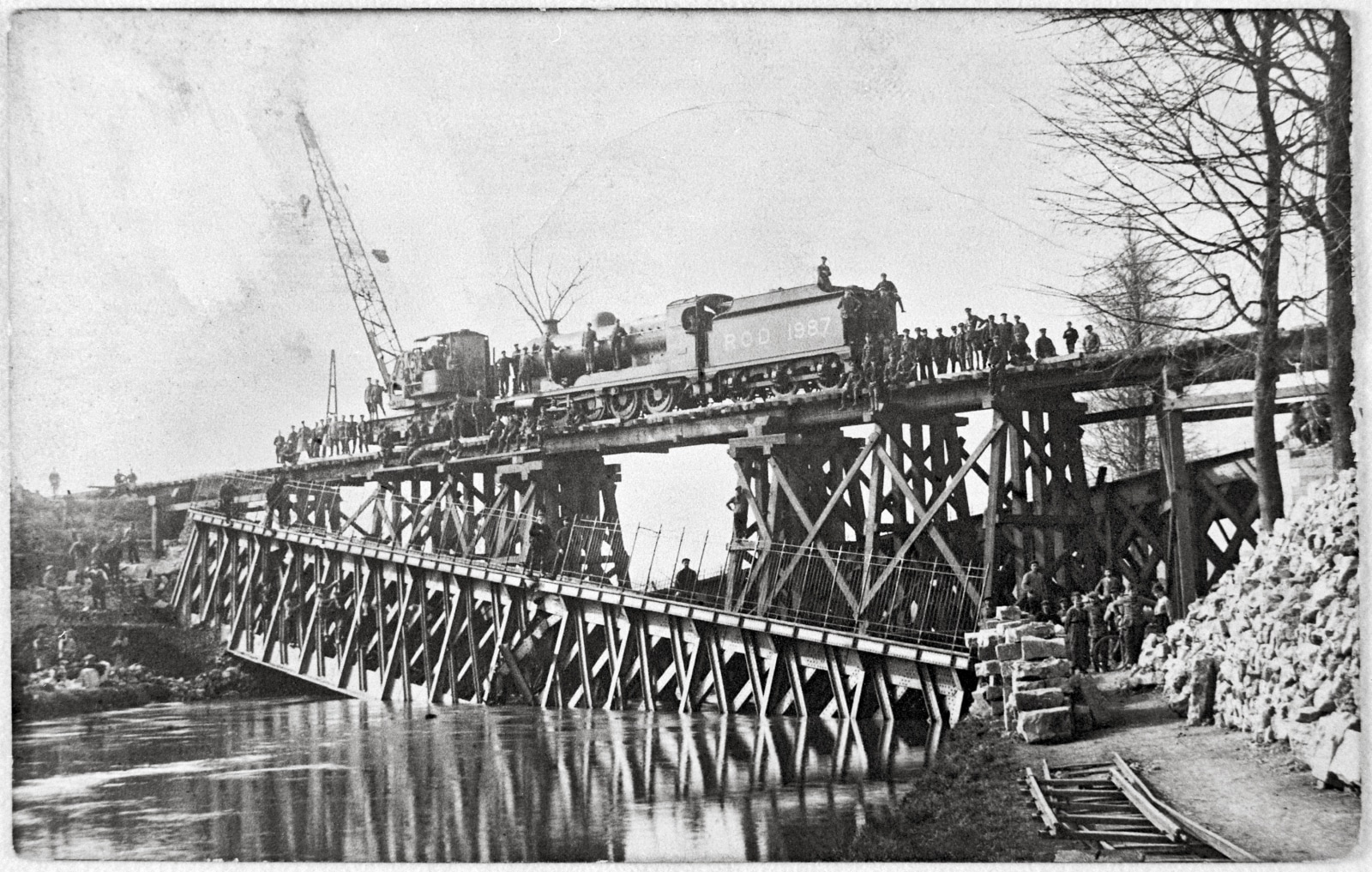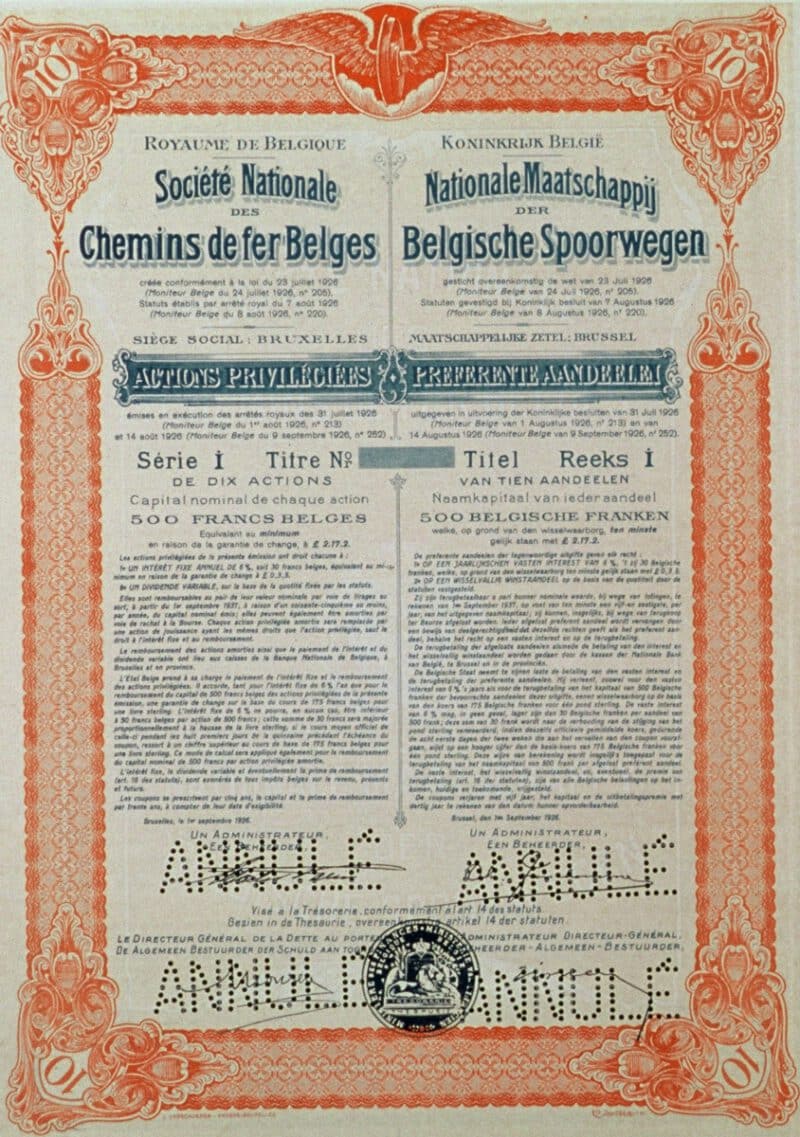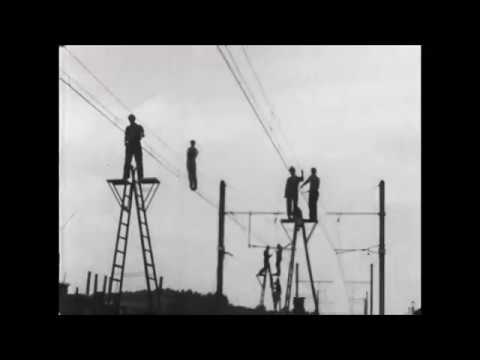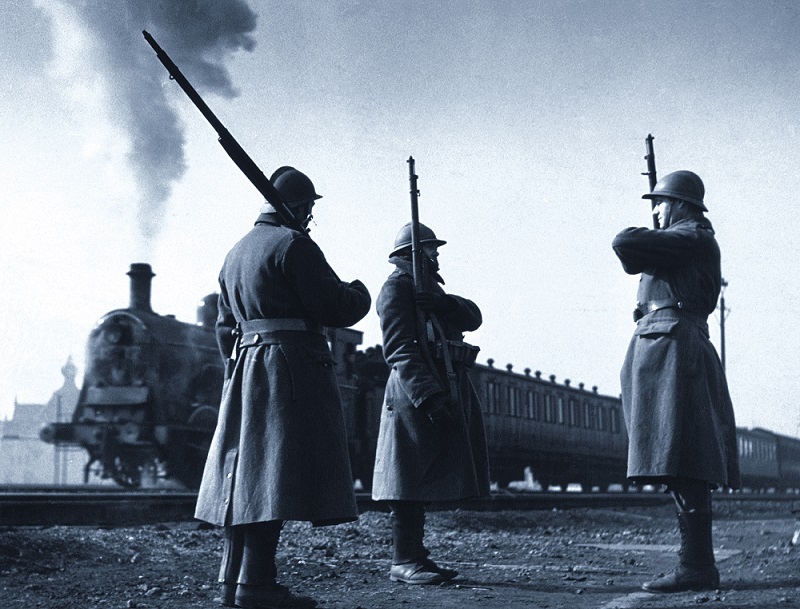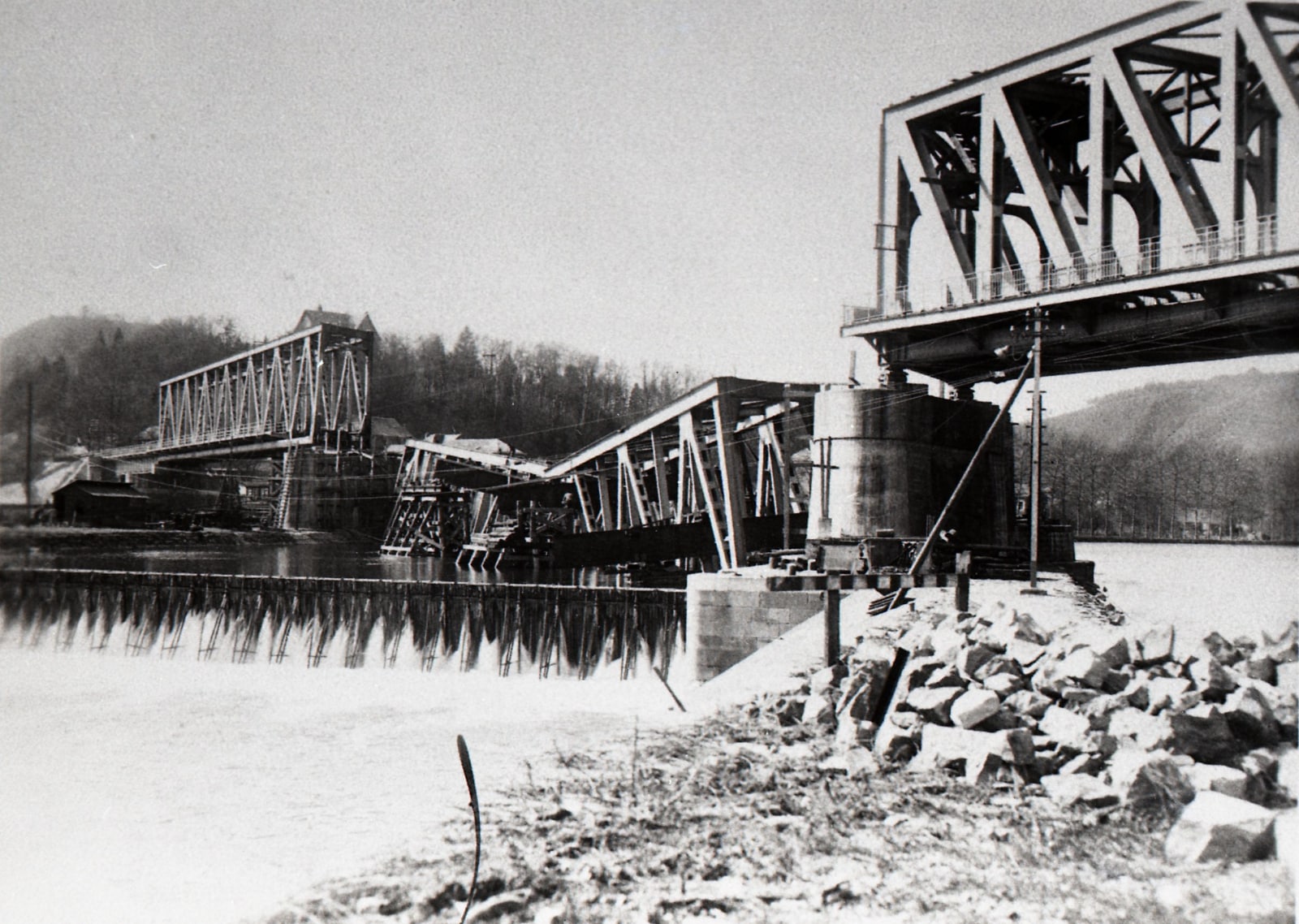On August 4, 1914, Germany invaded Belgium. With four trains, armoured with naval sheet-metal and armed with cannons, the Belgians destroyed tracks and bridges in the Antwerp region to slow the enemy down. Entrenched behind the river Yser – where it would hold the front for 4 years – the Belgian army built a 130-kilometre network of train tracks to supply troops and transport munitions. In the rest of the country, which was occupied by the Germans, the railway administration refused all collaboration. So the occupiers had to run the trains by themselves.
In 1915, the Germans decided to build a new line between Aachen and Tongeren to get closer to the Flanders front. In just two years, they built a 45-kilometre line, with many bridges, including the one at Moresnet. Over one kilometre long, this viaduct remained the longest bridge in Belgium until 1993. At the height of the work, 12,000 people – mostly Russian prisoners of war – worked on this titanic project. Many of them died of exhaustion, starvation and disease.
At the end of the war, the damage to the railways was enormous: a quarter of the network was destroyed or unusable. One in three stations was inaccessible. Only a third of Belgian locomotives remained. But worse than that, 2000 railwaymen had lost their lives. With peace restored, as war reparation, Germany gave Belgium 2000 locomotives, accounting for 50% of Belgian rolling stock. They were nicknamed Armistice locomotives.
The Armistice was signed at Compiègne in France, in a carriage of the Compagnie Internationale des Wagons-Lits, a company founded by the Belgian Georges Nagelmackers.

